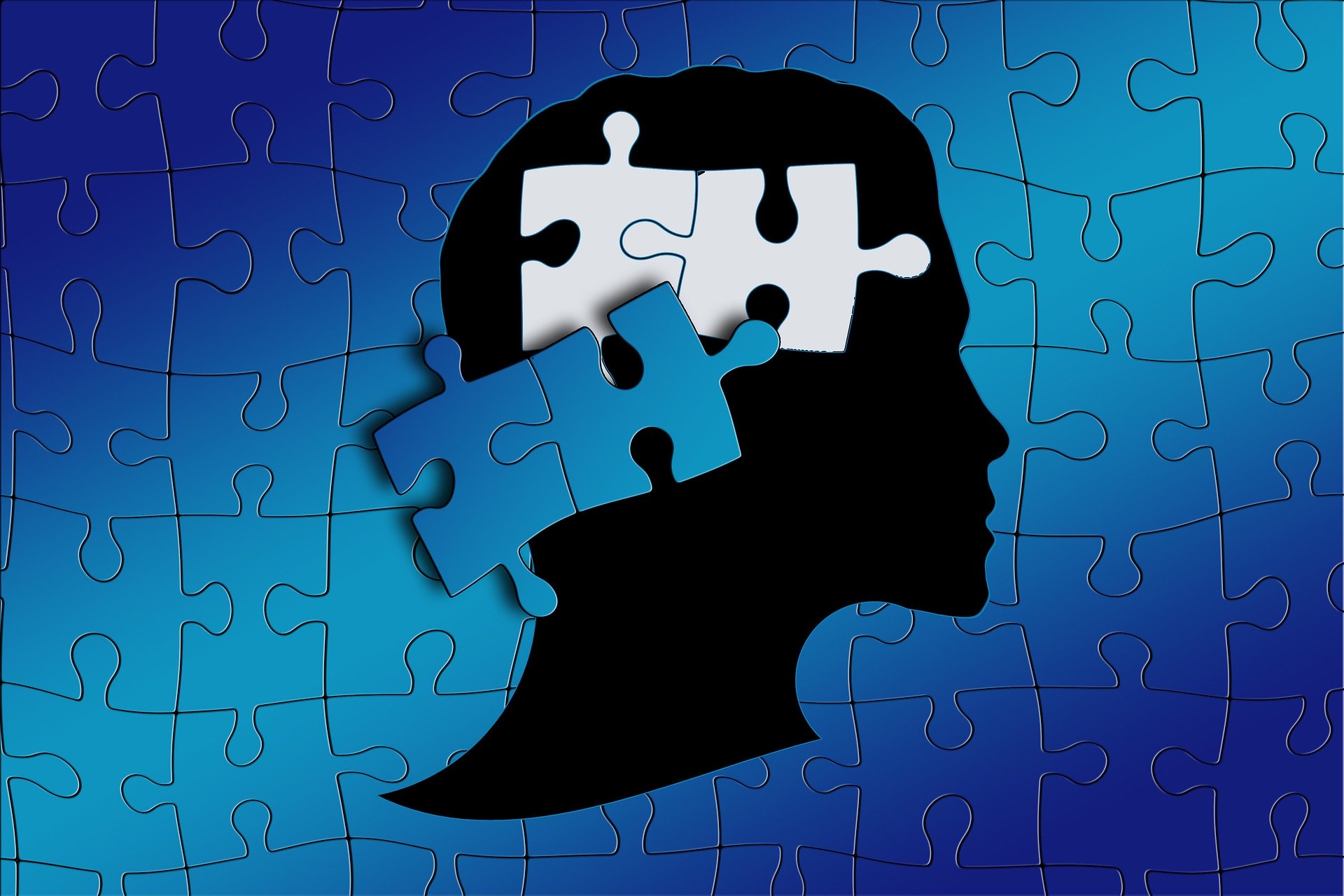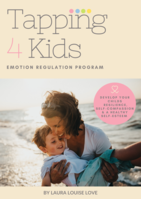“Creativity is the key for any child with Dyslexia”. – Orlando Bloom.
There are many misconceptions about what Dyslexia is, isn’t and the best way to assist students with a diagnosis. Dyslexia is a Specific Learning Disorder (SLD) in the area of reading, writing or both. This can be diagnosed by a Psychologist and is listed in the 5th Edition of the American Psychological Associations Diagnostic and Statistical Manual (DSM-5).
Contrary to popular belief, Dyslexia does not involve letters flipping or jumping about on the page as it is not a visual processing difficulty. Instead it occurs in the brain. It is often trouble recognizing words.
Did you know that Dyslexia is largely genetic? Yes, it runs in families. If you have a parent diagnosed with Dyslexia you have a 60% chance of having it yourself. Students with Dyslexia experience difficulties with subtle language processing, which commonly results in misnaming and/or miswriting words.
While there is no ‘magic cure’ for Dyslexia, educators and professional support staff in our schools, do an excellent job at providing targeted, evidence based strategies to assist students with learning difficulties including Dyslexia. However, roughly 2-10% of students who have difficulties with this skill set and are not going to respond to effective classroom instruction. Dr Bartek Rajkowski, a Speech and Language Pathologist as well as author of the specialised ‘ReadingDoctor’ software explains that a person diagnosed with Dyslexia is not going to learn how to read as easily as other students, so they will need to actively use accommodations and adjustments to assist them.
For more information on extra tools to support a student with Dyslexia visit www.readingdoctor.com.au





Leave a Reply